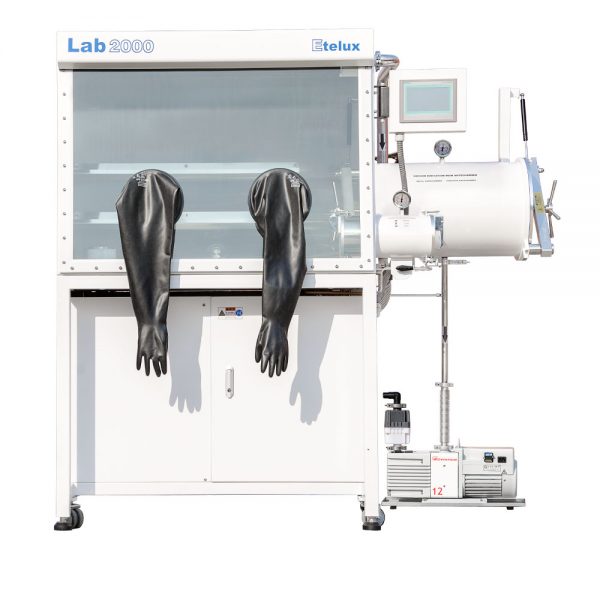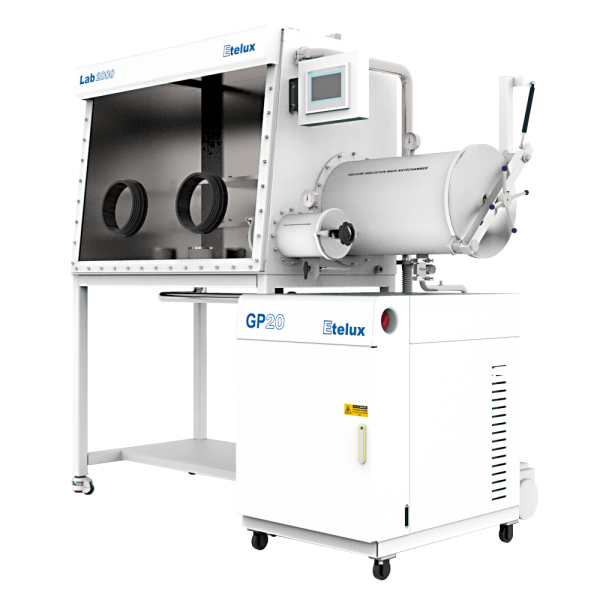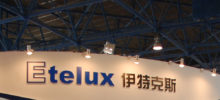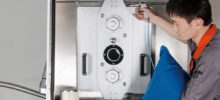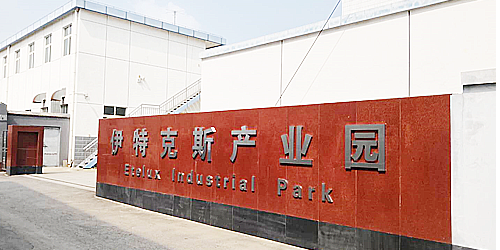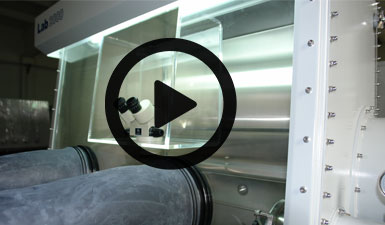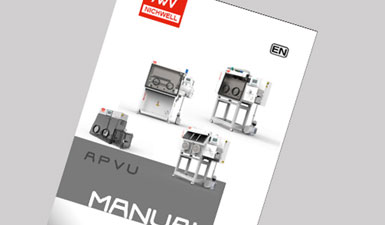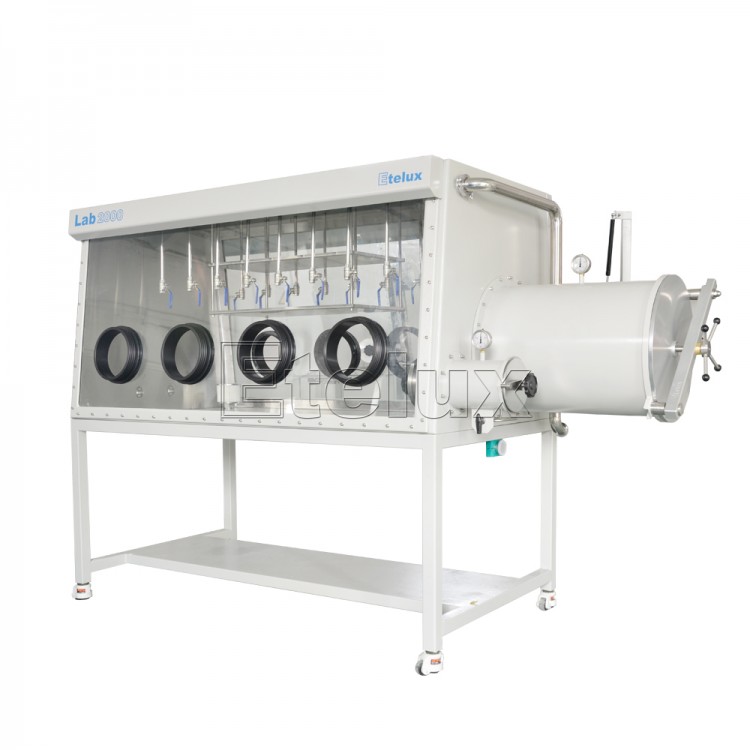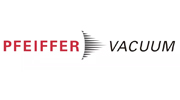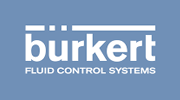How do I Clean the Glove Box Water Probe?
Reasons for cleaning the water box of the glove box: If the water probe is not cleaned for a long time, some dirt will adhere to the surface, which will affect the detection. The cleaning steps are as follows: ① Close the cycle and analyzer; ② Set the working pressure to +5 to + 8mbar; ③Remove the water probe and blindly cover the air outlet with a blind plate; ④Unscrew the metal protective cover at the front of the probe, wash it with deionized water, dry it with dust-free paper, and finally moisten the probe with dust-free paper dripped with cleaning solution, apply evenly; ⑤ Put it back in place, turn on the cycle, turn on the analyzer after 1 hour, and return to normal level after half an hour.…
Innovation is the unstoppable vitality of Etelux. For many years, Etelux has been committed to the research and development and production of intelligent scientific research equipment. In 2005, Etelux launched the first smart glove box product, which is the leader of domestic smart glove box products. Over the years, we have been constantly improving and innovating IoT products.
Today, Etelux launches integrated management solutions for laboratory equipment. It can connect different types of devices in the user’s laboratory through the Etelux Internet of Things system for centralized management. Allow users to understand the operation of the laboratory equipment anytime, anywhere.
Applicable Device Objects of Etelux IoT System
Based on various PLC acquisition devices, instruments with network ports or serial ports.
PLC types include common PLCs such as Siemens, Omron, Mitsubishi, Panasonic, and Schneider, and bus interfaces include common industrial bus interfaces such as Ethernet, PROFIBUS, RS232 / 485, ModbusIP / serial port;
This integrated solution is suitable for equipment based on various commonly used PLC controls in the laboratory, as well as instruments and instruments with various commonly used bus interfaces.
Glove Box Regeneration Steps
1) Regeneration gas: a mixture of hydrogen and inert gas (hydrogen accounts for 5% -10%) 2) Quantity: 40L gas cylinder 10Mpa 3) Regenerative gas pressure: 0.05Mpa (the gas consumption per half hour in the state of 0.05Mpa is that the cylinder pressure drops by 1.5Mpa. If it exceeds 1.5Mpa, the pressure of the pressure regulator’s schedule will be reduced, if it is less than 1.5Mpa, then Increase the pressure of the pressure regulator schedule) 4) Process: 3 hours heating-3 hours heating and ventilation-3 hours vacuuming-1 hour pumping-10 hours cooling 5) Steps: ① Connect the regeneration gas (check the pipeline for leaks after connection: after connecting, open the main valve of the pressure reducing valve to the maximum, open the auxiliary meter to 0.1Mpa, turn off the main valve, wait 15…

